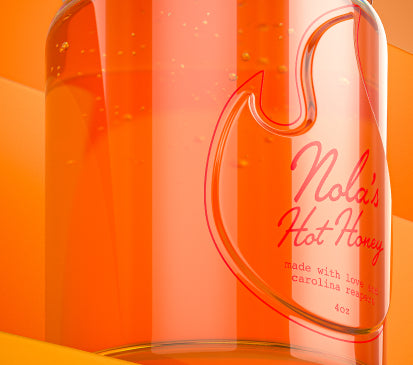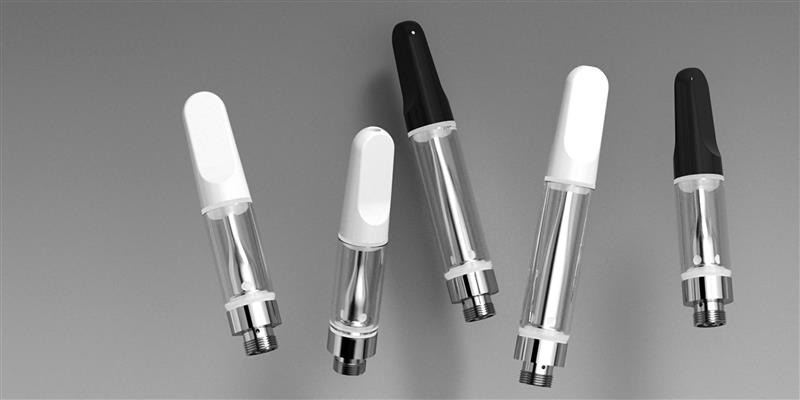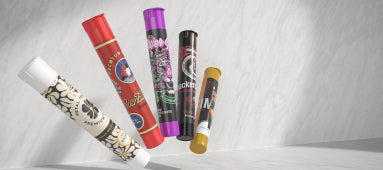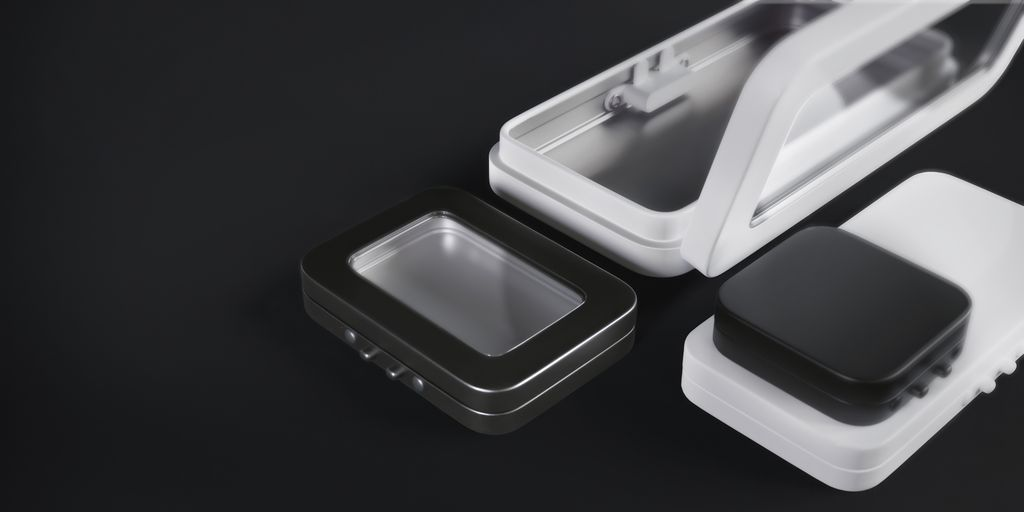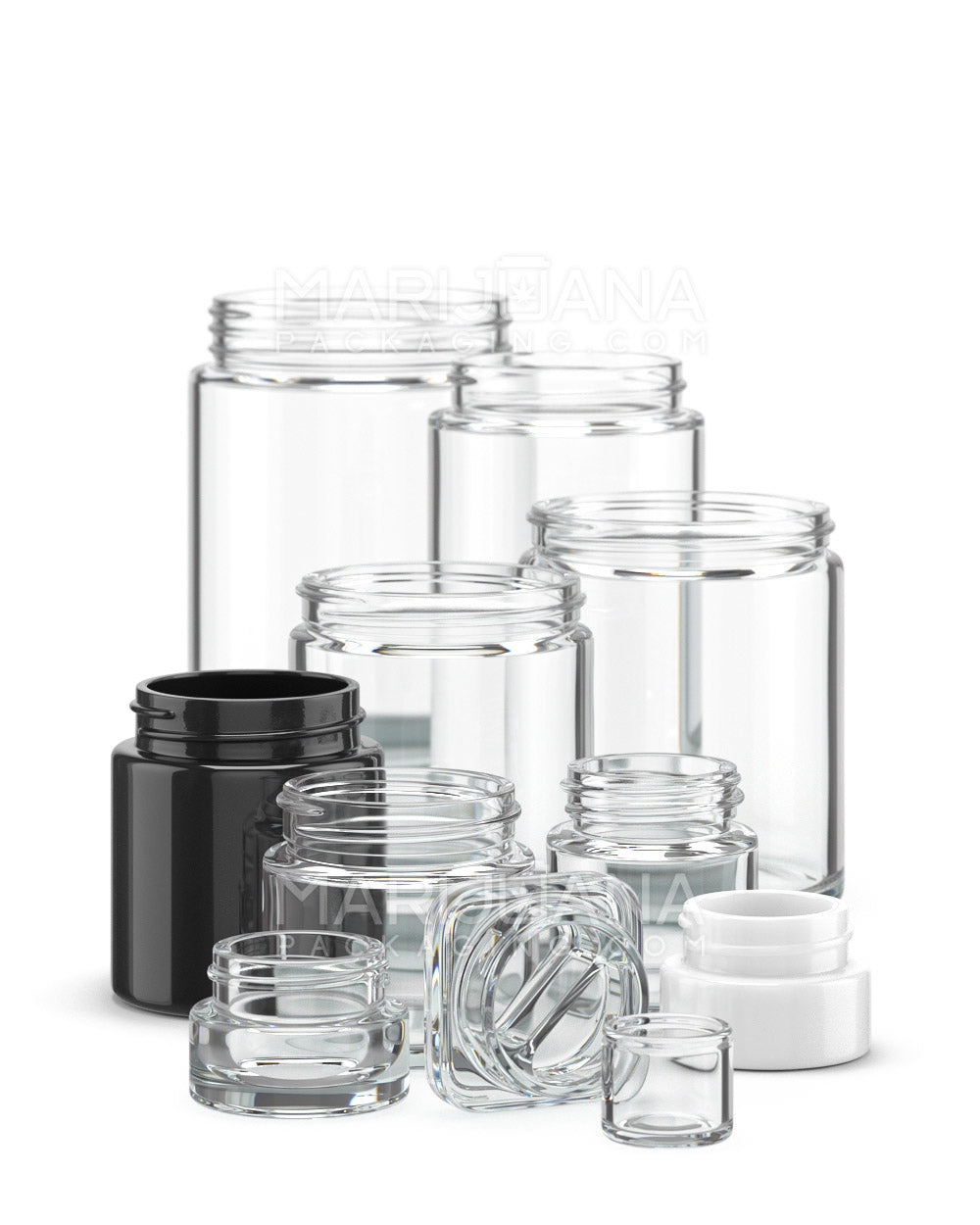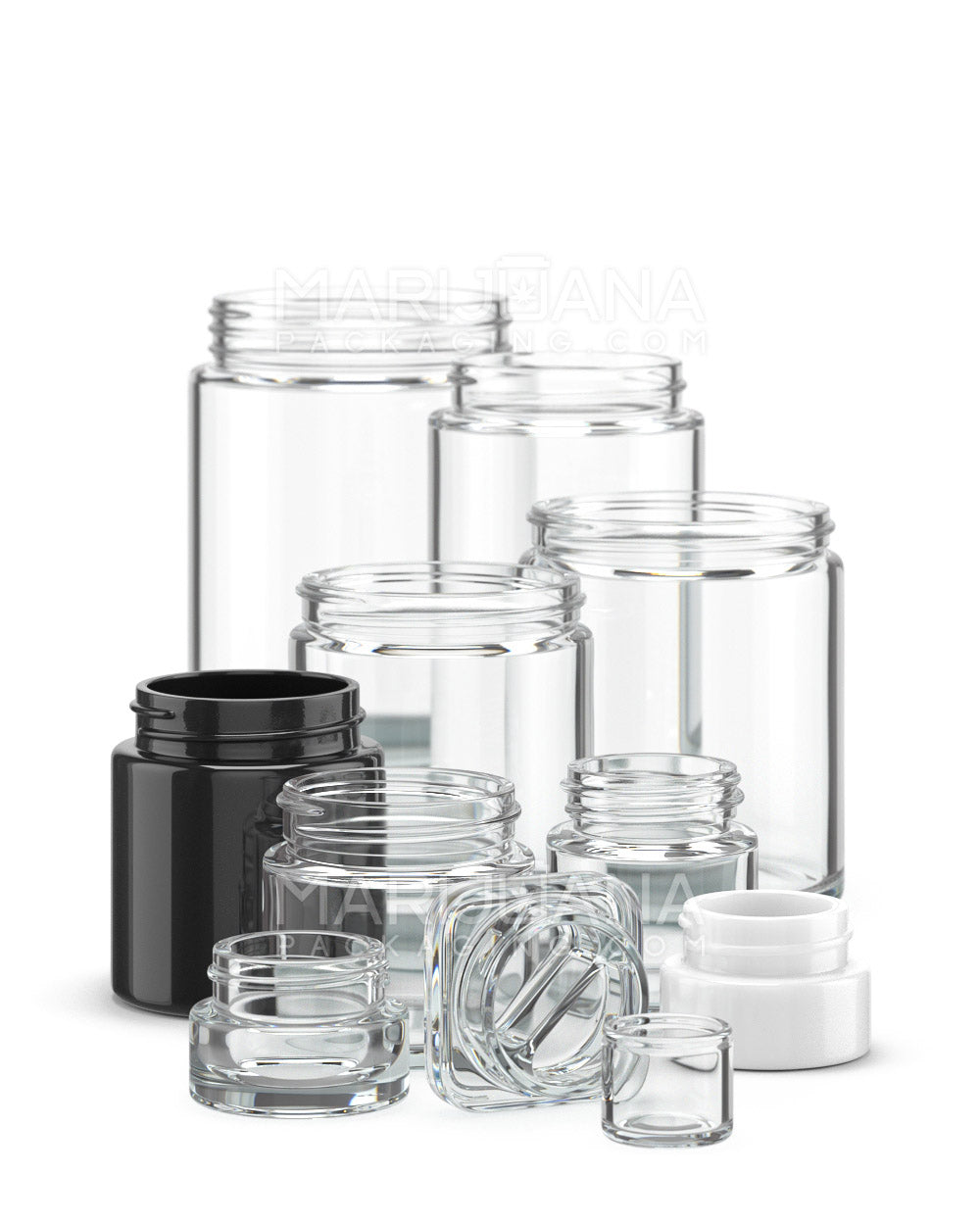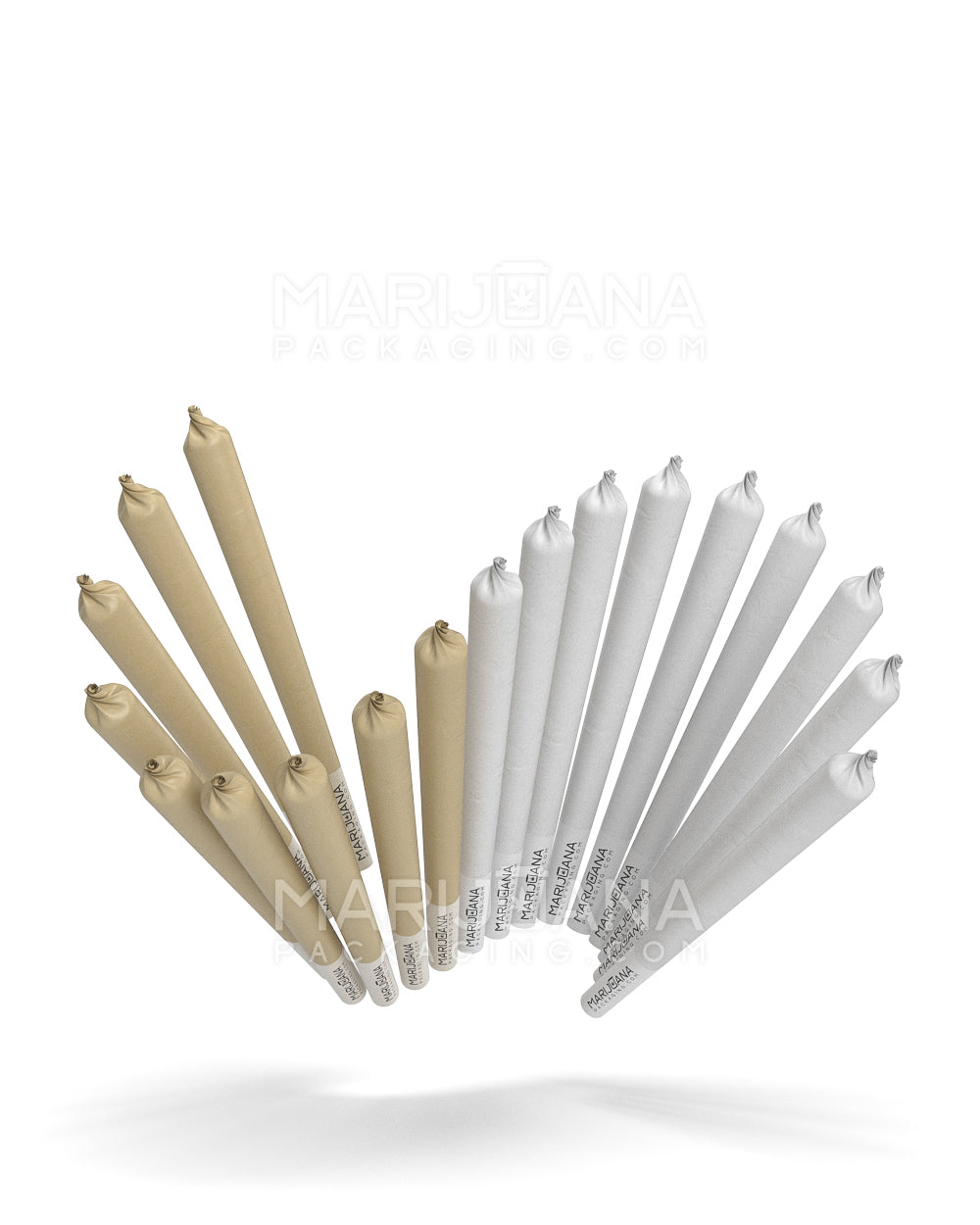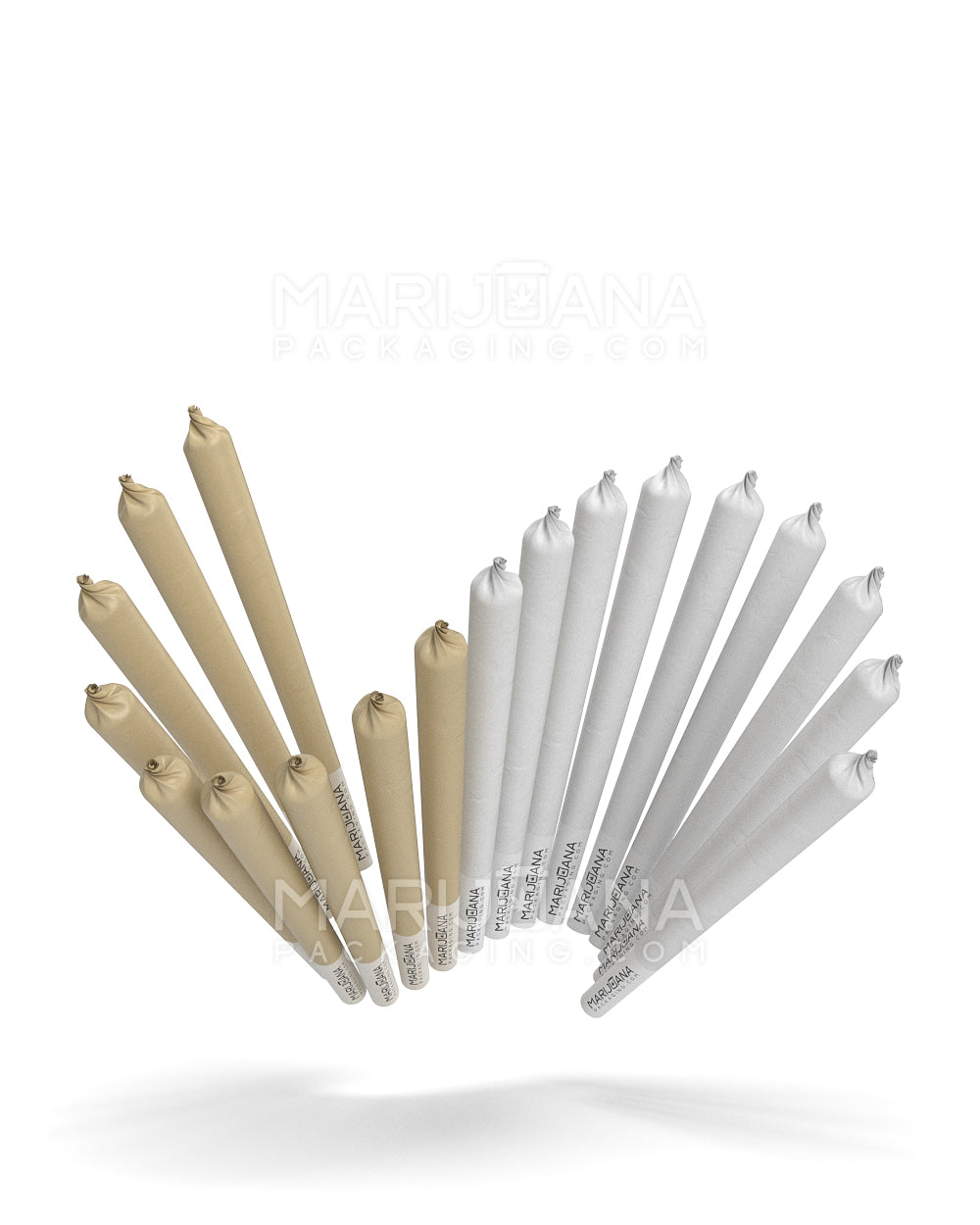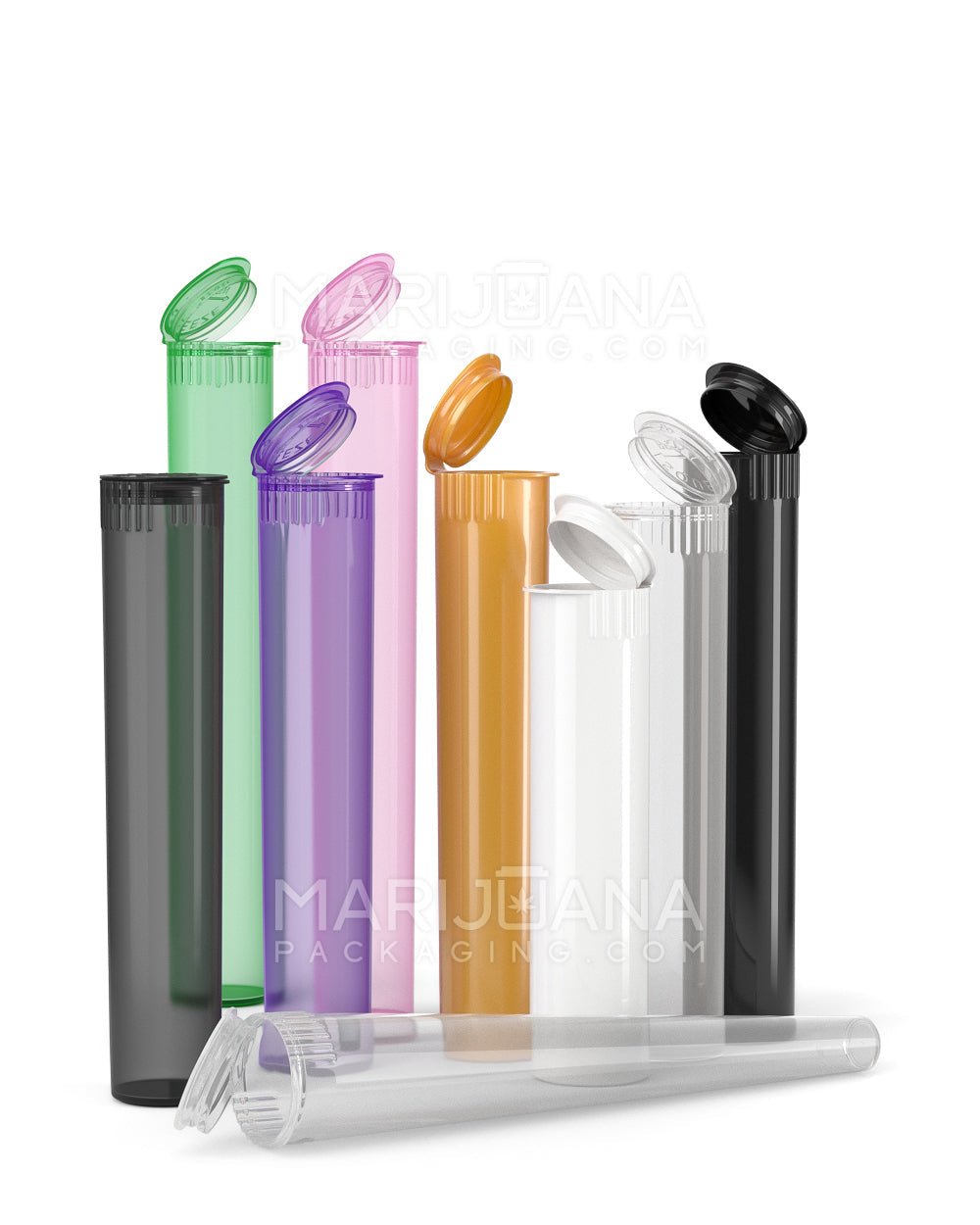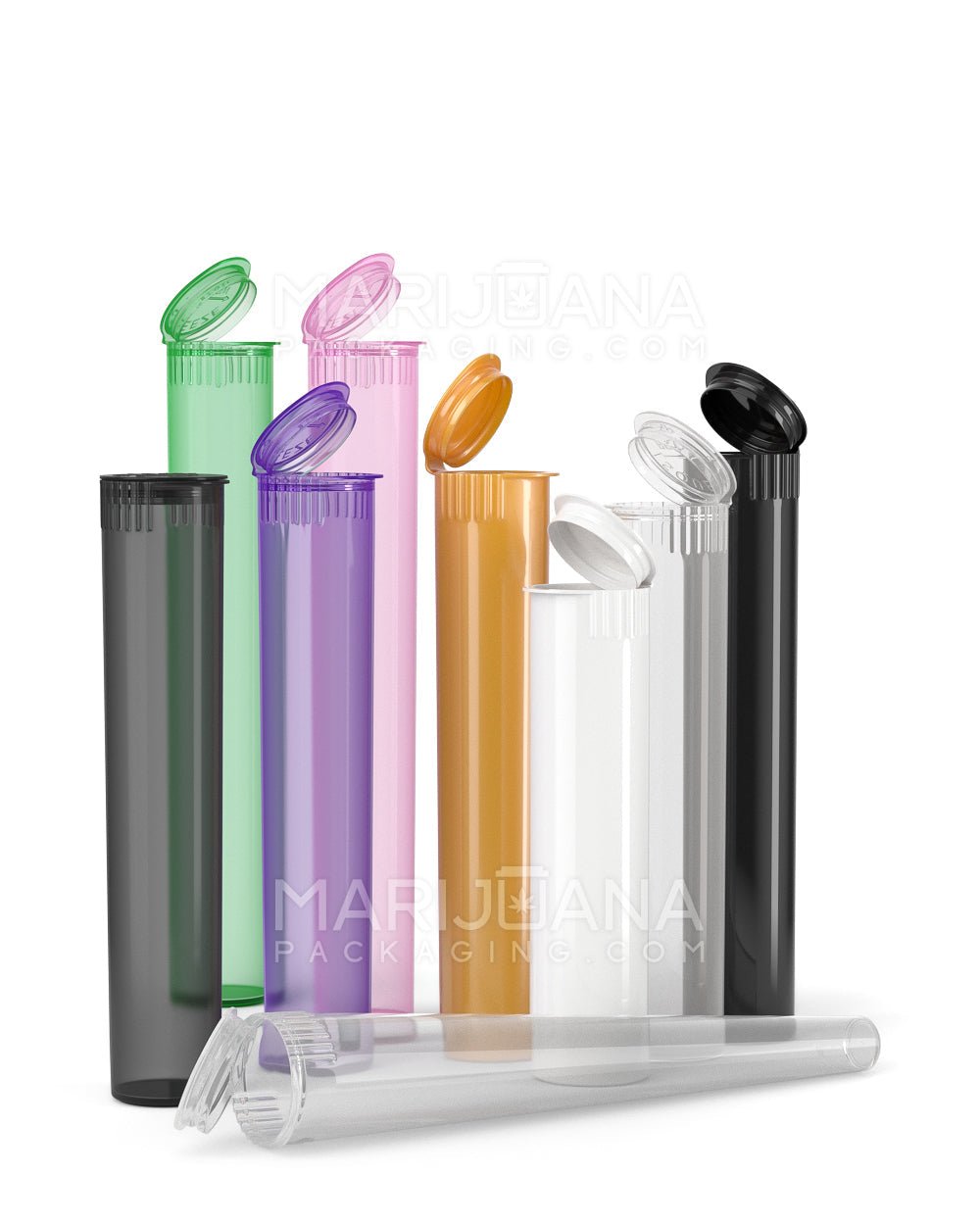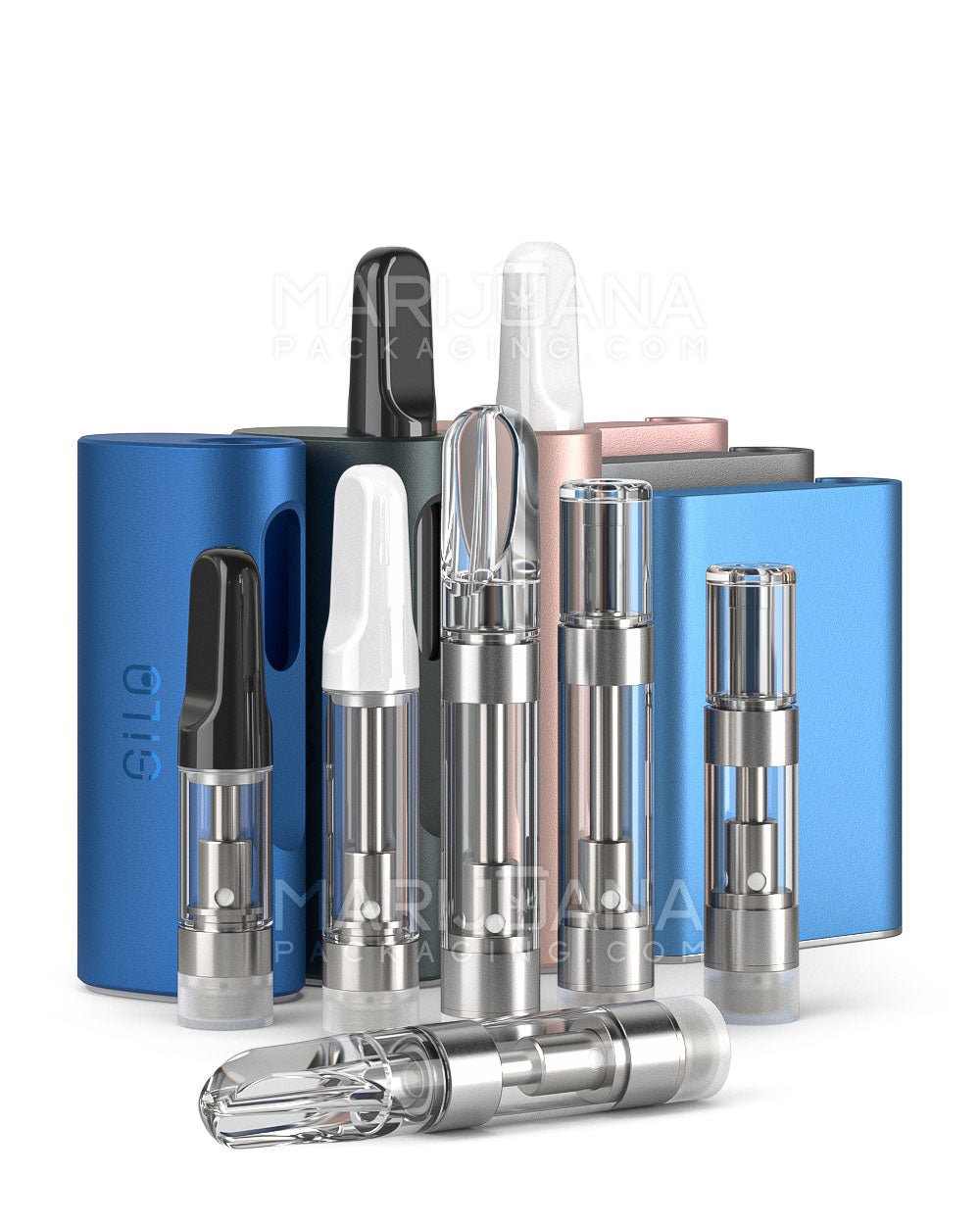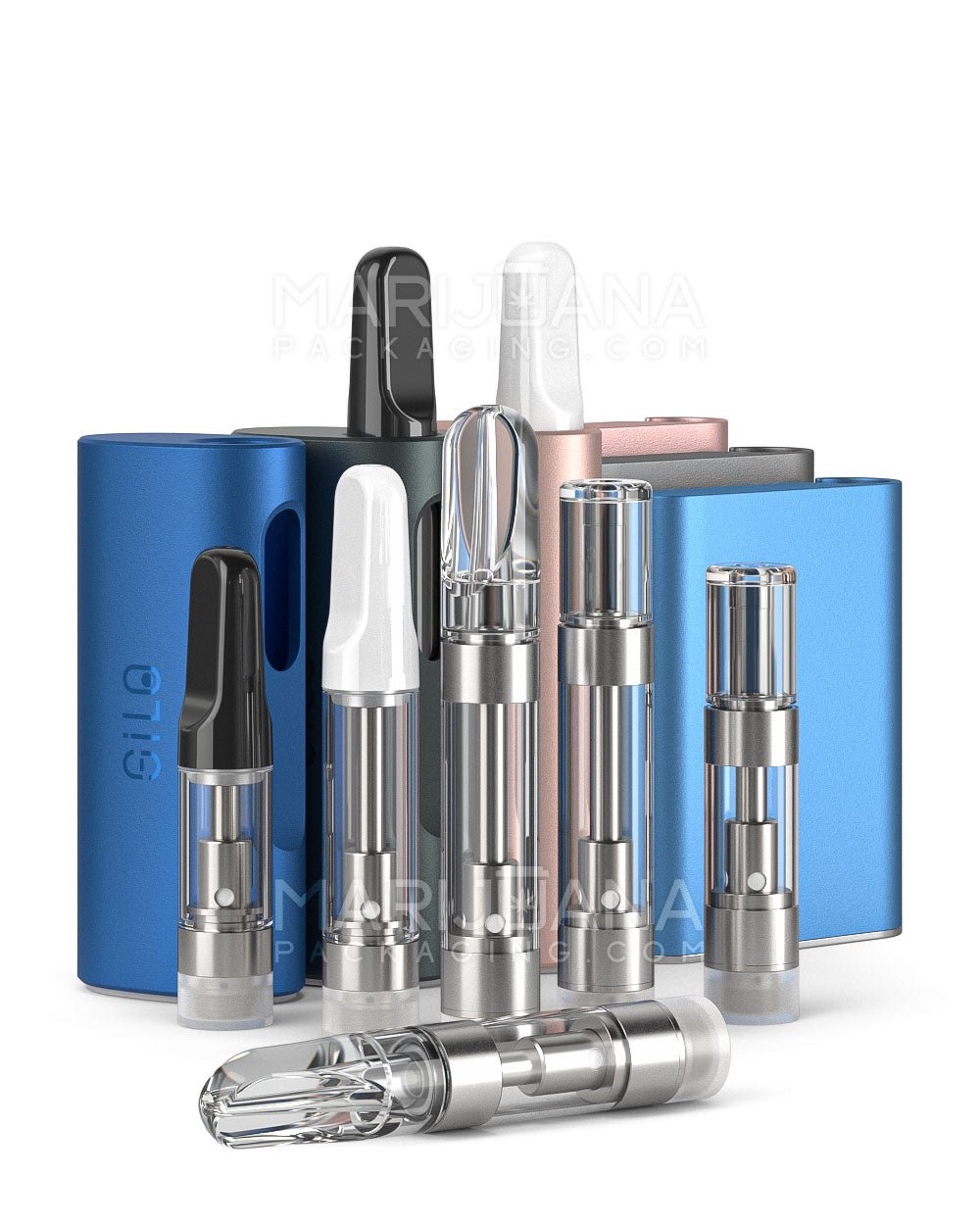Have you ever cracked open a bag of marijuana, ready to enjoy, only to find seeds sprinkled throughout? It's a bit like biting into a chocolate chip cookie and hitting a raisin instead—surprising, and not in the way you hoped. Seeds in marijuana can be a bit of a mystery if you're not familiar with the growing process. So, what's the deal? Why do some buds have seeds while others don't?
In this article, we'll chat about the factors that lead to seeds popping up in your marijuana, from the birds and the bees of the cannabis plant to how growing practices might play a part. We'll also touch on what you can do if you find yourself faced with a seedy situation.
The Basics of Cannabis Reproduction
To understand why seeds appear in marijuana, it's helpful to know a bit about how cannabis plants reproduce. They're a bit like us humans in that they have male and female plants, each playing a role in reproduction. Female plants are the ones that produce the buds, which are harvested for consumption. Male plants, on the other hand, produce pollen.
When pollen from a male plant gets to a female plant, seeds are formed. The female plant focuses its energy on producing seeds instead of those potent, resinous buds that we all know and love. This process is called pollination, and it's a natural part of the plant's lifecycle. However, for growers looking to maximize bud production, it's something they usually want to avoid.
Accidental Pollination: How It Happens
So, how do female plants end up with seeds if growers are trying to prevent it? There are several ways this can happen, often unintentionally. One common scenario is when male plants are accidentally left in the grow area. It only takes one male plant to pollinate many females, leading to a whole crop of seeded buds.
Another way is through the environment. Pollen can travel quite a distance with a little help from the wind. If there's a male plant growing nearby, even if it's not in your garden, the pollen can find its way to your plants. This is especially true if you're growing outdoors where you can't control the environment as easily.
Hermaphrodites: The Self-Pollinating Plants
Here's where it gets a bit more complex. Cannabis plants can also become hermaphrodites, meaning they develop both male and female reproductive organs. This can happen due to stress factors like poor growing conditions, damage to the plant, or genetics.
Hermaphroditic plants can self-pollinate, leading to seeds without any external pollen. It's the plant's way of ensuring its survival by producing seeds even under less-than-ideal conditions. While this is a fascinating survival tactic from a botanical perspective, it's not what most growers want in their garden.
The Role of Genetics
Genetics also play a part in whether a plant might produce seeds. Some strains are more prone to hermaphroditism than others. This means that even with the best care and practices, certain strains might still develop both male and female reproductive organs.
When choosing strains to grow, it's helpful to do a bit of research on their background. Opt for strains that have a history of stable genetics, especially if you're aiming for seedless buds. This can save a lot of frustration down the road.
Growing Practices to Minimize Seeds
There are several steps growers can take to minimize the chances of their plants producing seeds. First and foremost, it's crucial to identify and remove male plants early. This involves regularly inspecting plants and being able to distinguish male from female plants, which usually becomes apparent a few weeks into the flowering stage.
Stress management is another key factor. Keeping plants in a stable environment with the right light, temperature, and humidity levels can help prevent them from turning hermaphroditic. Regular monitoring and adjusting of growing conditions can make a big difference.
- Keep male and female plants separated.
- Regularly check for hermaphroditic traits.
- Maintain stable growing conditions.
Distinguishing Between Seeded and Seedless Buds
If you're buying marijuana, you might wonder how to tell if it's likely to contain seeds. Generally, high-quality, professionally grown cannabis should be seedless. These are often labeled as "sensimilla," meaning "without seeds" in Spanish.
Seeded buds tend to be heavier, but that's due to the weight of the seeds rather than the quality of the bud itself. Smoking seeds can lead to a harsh taste and isn't recommended. When inspecting buds, look for a tight, dense structure and a strong aroma. These are signs of well-cultivated, seedless marijuana.
What to Do with Seeded Marijuana
If you do find yourself with seeded marijuana, all is not lost. While it may not be ideal for smoking, the seeds themselves can be useful. You can try growing them, although the quality and stability of the resulting plants can be hit or miss.
Alternatively, you can collect the seeds for future use or experimentation. Just be mindful that the seeds might carry the same traits that led to their formation in the first place, such as a tendency toward hermaphroditism.
The Impact on Quality and Potency
One of the main reasons growers and consumers prefer seedless buds is their quality and potency. When a plant is pollinated and starts producing seeds, it diverts energy away from producing cannabinoids like THC and CBD. This can lead to a less potent product.
Additionally, seeds can affect the smoking experience. They add weight to the bud, which can be misleading when purchasing by weight. Plus, seeds can pop and crackle when burned, leading to an unpleasant taste and potentially damaging your smoking equipment.
Final Thoughts
In summary, seeds in marijuana can be the result of several factors, including accidental pollination, hermaphroditic plants, and genetic predispositions. While seeds might not be ideal for consumption, they offer insights into the growing process and can even be an opportunity for those interested in cultivating their own plants.
Whether you're a grower or a consumer, minimizing seeds in your marijuana involves careful strain selection, vigilant plant monitoring, and maintaining stable growing conditions. And if you're in the market for top-notch packaging solutions to keep your cannabis products fresh and appealing, Gamut has got you covered. With a broad range of packaging options, from jars to bags, Gamut offers everything you need to make your brand unforgettable.
